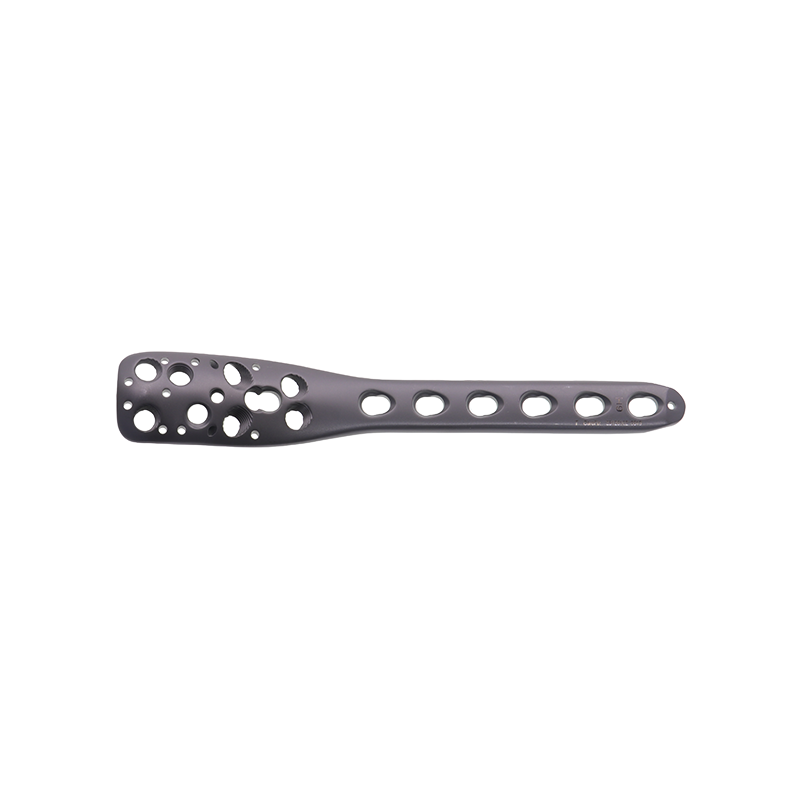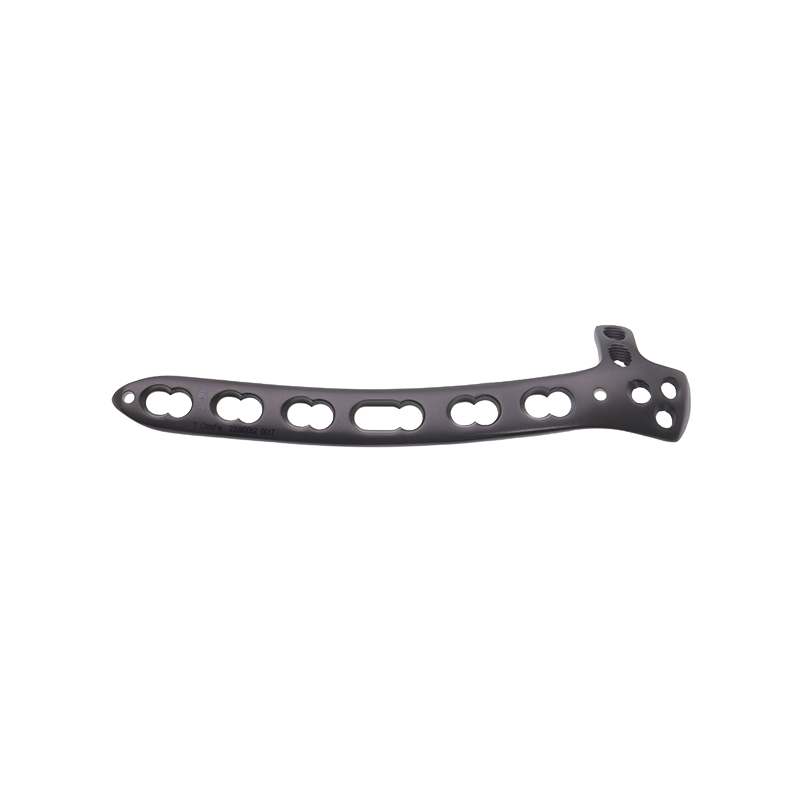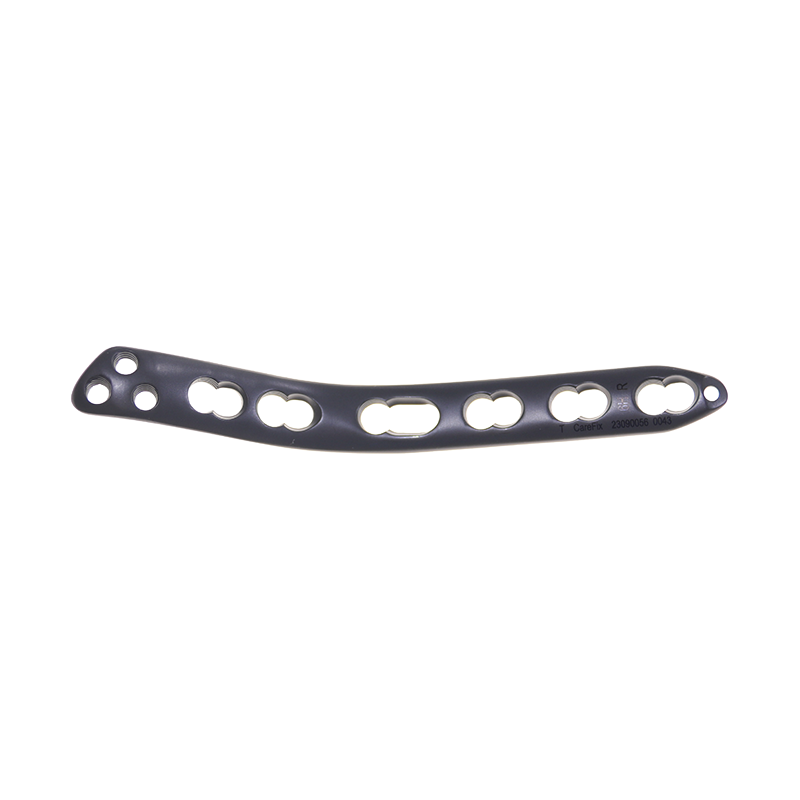humerus fracture plate
The humerus fracture plate represents a critical advancement in orthopedic surgery, specifically designed to treat and stabilize fractures of the upper arm bone. This specialized medical device consists of a high-grade titanium or stainless steel plate that serves as an internal fixation system, providing crucial support during the bone healing process. The plate features strategically placed screw holes that allow surgeons to secure it firmly to the bone, ensuring optimal alignment and stability of the fracture fragments. Its anatomically contoured design matches the natural shape of the humerus, reducing soft tissue irritation and promoting patient comfort during recovery. Advanced manufacturing techniques enable the plate to maintain a low profile while offering superior strength and durability. The surface treatment of the plate enhances its biocompatibility and reduces the risk of infection. Available in various sizes and configurations, these plates can accommodate different fracture patterns and patient anatomies, making them versatile tools in orthopedic surgery. The innovative locking mechanism in modern designs provides enhanced stability, particularly beneficial in osteoporotic bone, while allowing for both conventional and locking screws to be used as needed.


